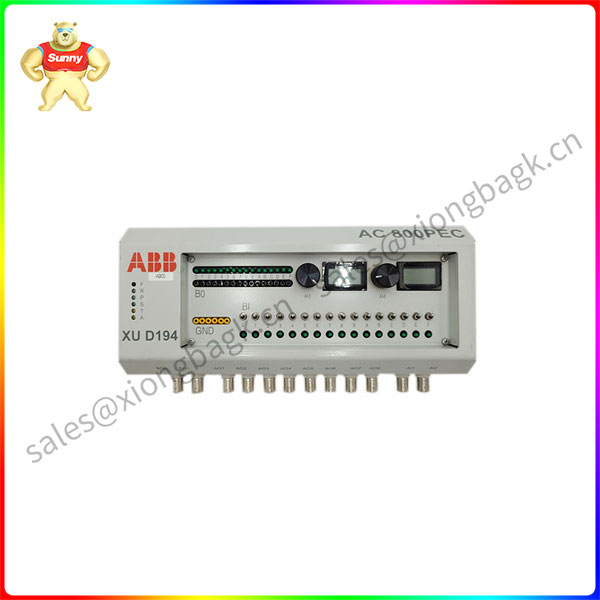With sensor self-evaluation and data recording capabilities that significantly reduce operating costs – Yokogawa Electric Corporation announced that it has developed the ZR802S explosion-proof converter. It will be available in all markets on December 12 as part of the OpreX analyzer family. The ZR802S converter supports IECEx, FM, ATEX, CSA, China Ex explosion proof, Korea Ex explosion proof, India Ex explosion proof and Taiwan Ex explosion proof standards. It is used with the ZR22S explosion-proof zirconia oxygen detector. The ZR22S detector is an existing product from Yokogawa Electric, featuring a highly durable zirconia sensor that is highly dust resistant and easy to install and replace. The ZR802S converter and the ZR22S detector together form a complete oxygen analyzer system.
New ZR802S converter and ZR22S detector (front)
Development background
Plant operators need to increase uptime and introduce labor-saving measures if they are to improve operational efficiency. As a result, they want to reduce the likelihood of instrument failures that could lead to plant shutdowns or a decline in product quality, and eliminate the need for on-site inspections of instruments.
Therefore, Yokogawa sought to introduce remote monitoring and other features through its zirconia oxygen concentration analyzer to reduce the time and effort required for maintenance operations and increase uptime. The ZR802S converter features self-assessment for early detection of deterioration of zirconia oxygen detectors, data logging for basic maintenance information, and support for a variety of critical communication protocols. These innovations are expected to contribute to a significant reduction in operating costs.
peculiarity

XUD194 3BHE018137R0001
1. Automatically transmit the resistance value of the sensor regularly, and the replacement time can be determined without on-site inspection
At present, whenever maintenance personnel go to the field for calibration, they usually evaluate the deterioration of the sensor by checking the resistance value of the sensor. Because this work is usually done regularly once a month or more, it is not always possible to detect problems in a timely manner, resulting in sudden sensor failures and reduced uptime. With the self-evaluation function, the ZR802S converter periodically measures the resistance value of the sensor in the ZR22S detector and sends this data to the plant’s control system via a wired connection. Once the operator is notified of a higher resistance value, it indicates sensor deterioration and maintenance personnel can take immediate action to correct the problem and prevent meter failure, thereby maintaining plant uptime.
2. Data recording function helps reduce maintenance time and downtime in case of failure
The ZR802S converter can record up to 40 days of measurements, alarm on/off history, sensor resistance trend charts, and other data. In addition to being able to display logs directly on the LCD screen, data can also be exported using an SD card. If a failure occurs, the discrepancy with the host device data can be viewed to determine whether the failure is caused by the analyzer system or the distributed control system (DCS). This helps reduce the maintenance time and downtime required to find a solution.
3. Industry-first communication protocol support to meet multiple needs and enable cloud-based management
The ZR802S converter is the only zirconia oxygen analyzer on the market that supports three communication protocols: HART7 for analog output, and Modbus TCP and Modbus RTU for digital communication. It also complies with the NAMUR NE43 specification for the issuance of signals indicating sensor failure, and the NAMUR NE107 specification for the self-assessment function of field instruments. Cloud-based management is also possible with the communication capabilities of the ZR802S converter. This not only increases the convenience of data analysis and other such activities, but also reduces the number of operators, making it suitable for customers in a variety of industries.
4. Support multiple languages and provide operation support
In addition to Japanese and English, the information on the device LCD can also be set to display in French, German, Chinese, and Portuguese. Russian will be added soon. In addition, information on what steps to take for a particular alarm can now be displayed on the LCD screen, enabling personnel with less knowledge and experience to perform the necessary maintenance.
 中文版
中文版




